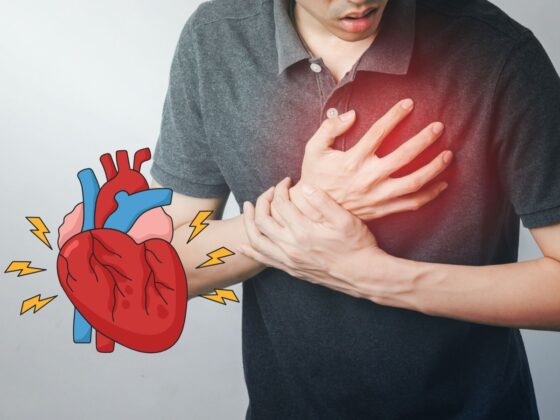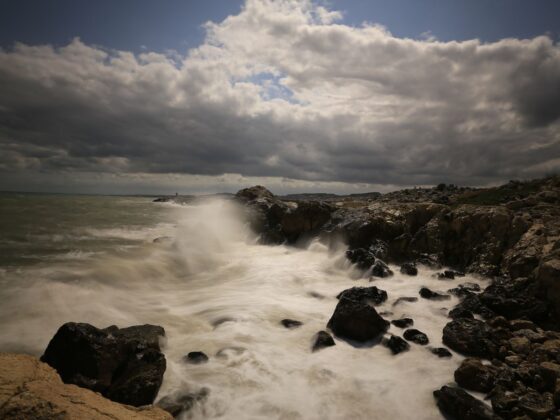In the past 48 hours, the bodies of 50 people from underprivileged backgrounds have been found in various parts of Delhi. This tragic discovery coincides with a severe heat wave sweeping through the city, causing a surge in heatstroke cases and casualties. However, authorities have not confirmed if all these deaths were directly caused by the heat.
A senior police officer reported finding a 55-year-old man’s body at the children’s park near India Gate on Wednesday. A post-mortem examination will be conducted to determine the cause of death.
The Centre for Holistic Development, an NGO that helps the homeless, claimed that 192 homeless people died in Delhi from June 11 to 19 due to the heat wave.
Hospitals in Delhi are also seeing a rise in heat-related illnesses and deaths. The city recently recorded a maximum temperature of 43.6 degrees Celsius, significantly higher than the average. Night temperatures also reached 35.2 degrees Celsius, the highest for June since 1969, according to the Meteorological Department.
The Centre-run RML Hospital received 22 heatstroke patients over the last two days. Out of these, five people died, and 12 to 13 are on ventilator support. A senior hospital official explained that patients are diagnosed with heatstroke if their core body temperature exceeds 105 degrees Fahrenheit and no other cause is found.
To treat heatstroke, the hospital has set up a special unit with cooling technology. Patients are placed in baths filled with ice and water to lower their body temperature below 102 degrees Fahrenheit. If they stabilize, they are moved to a regular ward, otherwise, they are put on a ventilator. Most of the patients are laborers.
Safdarjung Hospital received 60 suspected heatstroke patients, admitting 42. The hospital reported six deaths, including a 60-year-old woman and a 50-year-old man. LNJP Hospital reported four deaths due to suspected heatstroke in the last two days and admitted 16 heatstroke patients.
One victim, a 39-year-old motor mechanic, died during treatment on June 15 after collapsing at work. A senior hospital official mentioned that heatstroke patients often collapse due to dehydration and high fever, which can push body temperatures to 106 or 107 degrees Fahrenheit.
Sir Ganga Ram Hospital reports 30 to 35 heatstroke cases daily in its outpatient department. Dr. Atul Kakar, Chairperson of Department of Internal Medicine, highlighted the need for public awareness about heat safety. He advised staying hydrated, seeking shade during peak sun hours, and recognizing the signs of heat-related distress. Healthcare providers are working to manage and reduce the impact of rising temperatures on public health.
The heat wave is also exacerbating cases of lupus, a condition that affects the skin, joints, and kidneys. Dr. Lalit Duggal, Senior Consultant in Rheumatology and Clinical Immunology at Sir Ganga Ram Hospital, noted that 6 to 10 new lupus cases were detected due to the prolonged heat wave. Lupus primarily affects women of child-bearing age, between 15 and 45 years old.
Meanwhile, the police are receiving calls about unnatural deaths among security guards, beggars, and other underprivileged individuals. A senior police officer said the exact causes of these deaths would be determined after post-mortem examinations.
“So far, we know that around 50 people have died in different parts of Delhi,” the officer said. “We have launched an investigation, and our teams have moved the bodies to different hospitals for autopsies. We are awaiting the reports.”
The severe heat wave in Delhi is causing a significant rise in heatstroke cases and deaths, especially among the city’s underprivileged population. Hospitals are working hard to treat those affected, while authorities are investigating the precise causes of these fatalities. Public awareness about heat safety and timely medical intervention are crucial in mitigating the impact of such extreme weather conditions.











